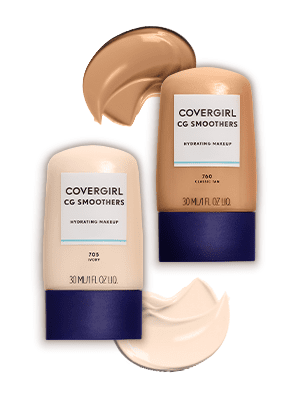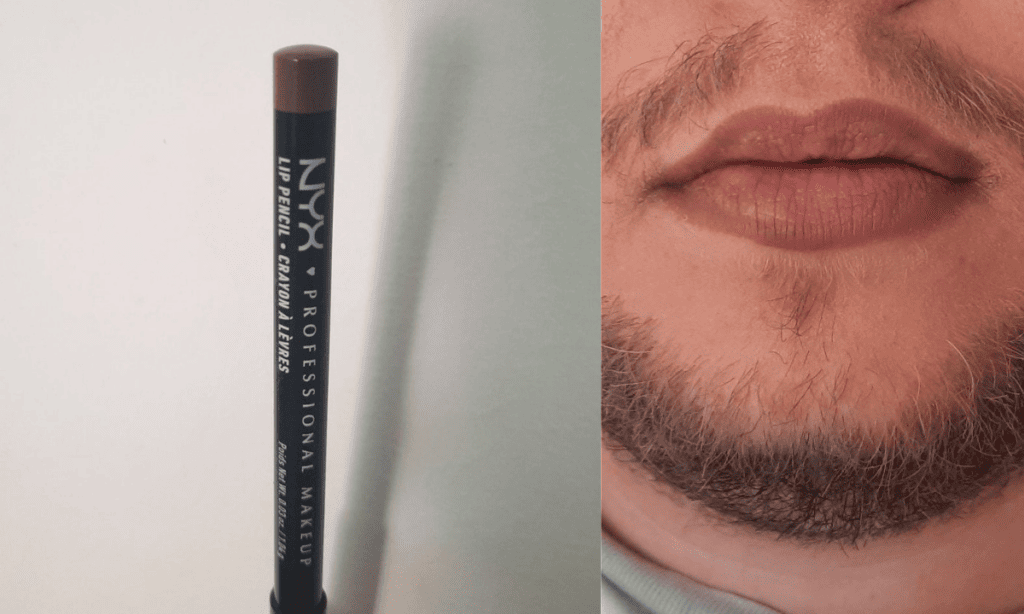Why is My Foundation Patchy And What Can You Do About It?
Foundation patchiness can be a persistent struggle, even for those well-versed in makeup and skincare. Personal experiences, like having dry skin or past battles with acne and acne scars, can contribute to this vexing issue. Sometimes, it’s a result of improper skincare preparation and product choices. The root causes of patchy foundation can be attributed to your skin type, skincare routine, and the foundation itself. Let’s delve into these common reasons for patchy foundation and explore potential solutions.
Bottom Line Up Front
Contents
Addressing patchy foundation requires a comprehensive skincare approach. Daily cleansing and moisturizing, along with periodic exfoliation, form the foundation. Employ a primer tailored to your specific skincare concerns and opt for a medium-coverage, buildable foundation with a natural finish. These steps can significantly enhance your foundation application.
Why Is My Foundation Patchy?
Patchy foundation manifests as creases, gathering, or clinging to the skin, often linked to skin dryness and flakiness, though textural irregularities like wrinkles can exacerbate the issue. Several factors can contribute to patchy foundation:
- Texture Problems: Skin texture irregularities can lead to patchiness.
- Dryness: Dehydrated skin is prone to patchy foundation.
- Acne: Acne-prone skin may present foundation challenges.
- Improper Skincare Routine: Neglecting skincare can undermine foundation application.
- Lack of Prepping: Failing to prepare the skin properly can lead to patchiness.
- Incompatible Foundation: Using the wrong foundation for your skin type can cause issues.
Let’s delve deeper into the most common underlying reasons for patchy foundation while recognizing that some skin texture issues may remain visible beneath foundation, which is entirely normal. The emphasis should be on maintaining healthy skin rather than concealing imperfections. Later in this article, we’ll also guide you on selecting the right foundation to prevent patchiness.
Not Caring for Your Skin
Neglecting proper skincare was a key contributor to my patchy foundation struggles. While I diligently cleansed my face, I overlooked the crucial step of moisturizing. As I aged, my skin became drier, and I even developed eczema in my 20s. A dermatologist confirmed that I had dry skin from the start and emphasized the importance of daily moisturization.
In the subsequent section, we’ll outline the ideal skincare routine. In summary, it involves daily use of a facial cleanser, moisturizer, and sunscreen. Additionally, consider incorporating an eye cream if you encounter patchiness with undereye concealer.
Not Using Primer
Another oversight in my routine was the absence of a foundation primer. In hindsight, it’s a seemingly simple yet incredibly beneficial step I overlooked. Primers act as a protective barrier between your skin and makeup, prolonging its wear. They also facilitate smoother application by helping the foundation glide seamlessly over the skin.
Furthermore, there are specialized foundation primers designed to address common skincare concerns, further mitigating patchiness. For instance, if dry skin is a culprit, opt for a hydrating primer. Alternatively, if your foundation tends to settle into skin texture, such as pores, consider a pore-minimizing primer. Primers are game-changers that can enhance your foundation’s longevity and overall appearance.
How to Prevent Patchy Foundation
Achieving flawless foundation application begins with proper skincare and preparation of your skin. Here’s a comprehensive guide to help you avoid patchy foundation and ensure a smooth makeup base.
Cleanse Twice a Day
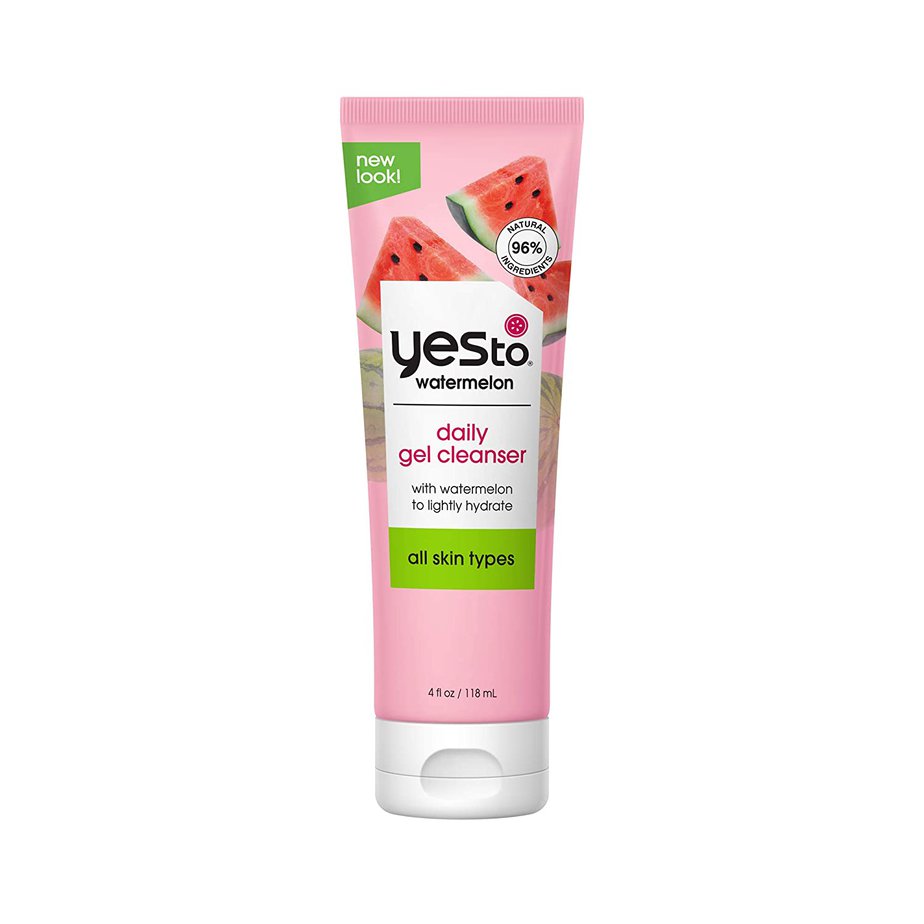
Cleansing your face is a fundamental step in any skincare routine. Regardless of your skin type, using a gentle face cleanser is essential. Cleansing helps remove oil, sebum, and debris that can clog pores, leading to breakouts that contribute to patchy foundation.
Choose a cleanser that suits your skin type. For those uncertain about the ideal cleanser, a gentle option is a safe choice. For instance, if you have dry and sensitive skin, consider the Yes To Watermelon Light Hydration Super Fresh Cleanser. It’s gentle, moisturizing, and budget-friendly.
For mature skin, the Andalou Age Defying Apricot Probiotic Cleansing Milk is an excellent option. Creamy cleansers like this can effectively cleanse without leaving a greasy residue, all while promoting skin health.
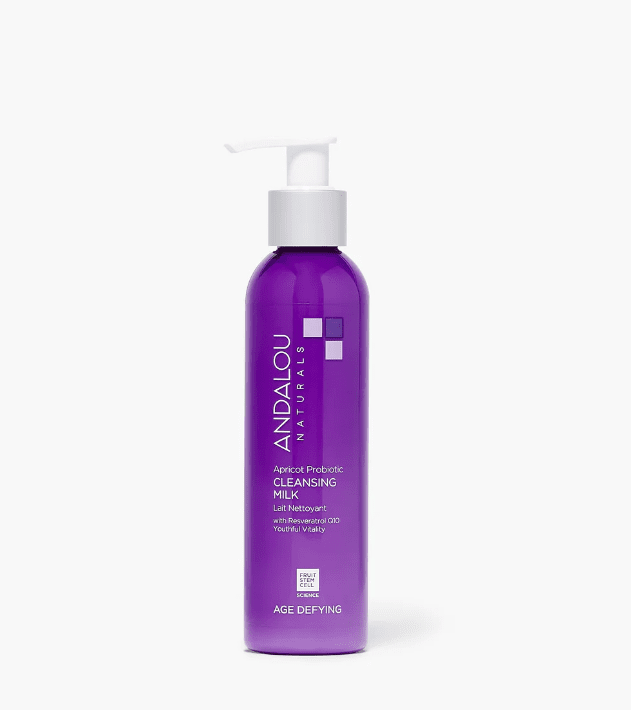
If you prefer a premium brand, the Youth to the People Superfood Cleanser is suitable for all skin types, including sensitive skin.
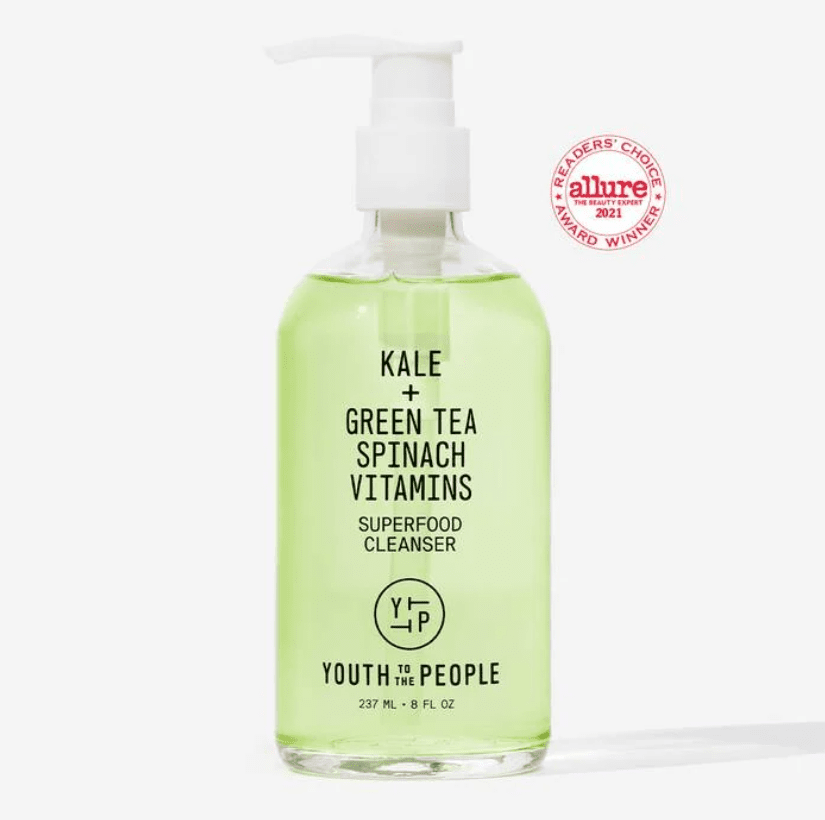
Use an Exfoliator Every Week
Exfoliation is a valuable skincare step, but its frequency should be tailored to your skin’s needs and sensitivity. It involves removing dead skin cells from the surface, which can help even out skin tone and texture, unclog pores, and prevent acne breakouts.
Be cautious when deciding how often to exfoliate. Individuals with sensitive skin, like myself, should tread lightly and limit exfoliation to once a week. While some exfoliants are labeled for daily or every-other-day use, it’s essential to gauge your skin’s response.
There are two primary types of exfoliators: physical and chemical. Physical exfoliators contain coarse particles like sugar or salt for scrubbing. If you have sensitive skin, look for gentle options like Dermatologica’s Daily Microfoliant or the Hempz CBD Face Off Gentle Exfoliating Scrub for a nourishing experience.

Chemical exfoliants employ acids to slough off dead skin cells. While some can be harsh, consider gentle options with polyhydroxy acids (PHAs) like Ole Henriksen’s Phat Glow Facial. It’s suitable for sensitive skin and leaves your face feeling soft.
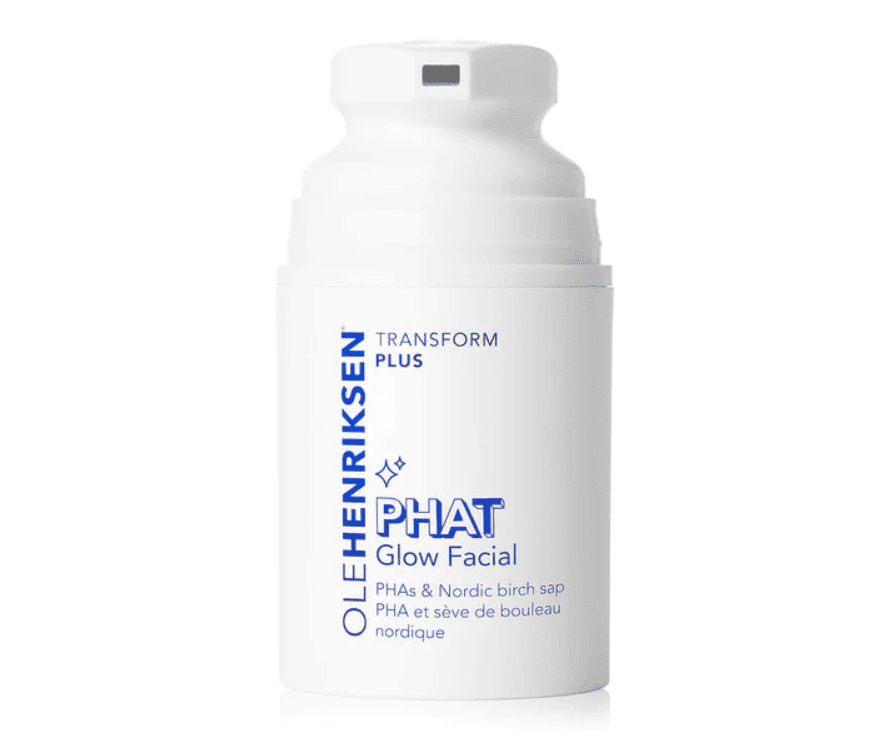
For a budget-friendly choice, explore The Inkey List’s Glycolic Acid Exfoliating Toner, which targets issues contributing to patchy foundation, such as breakouts and scarring.
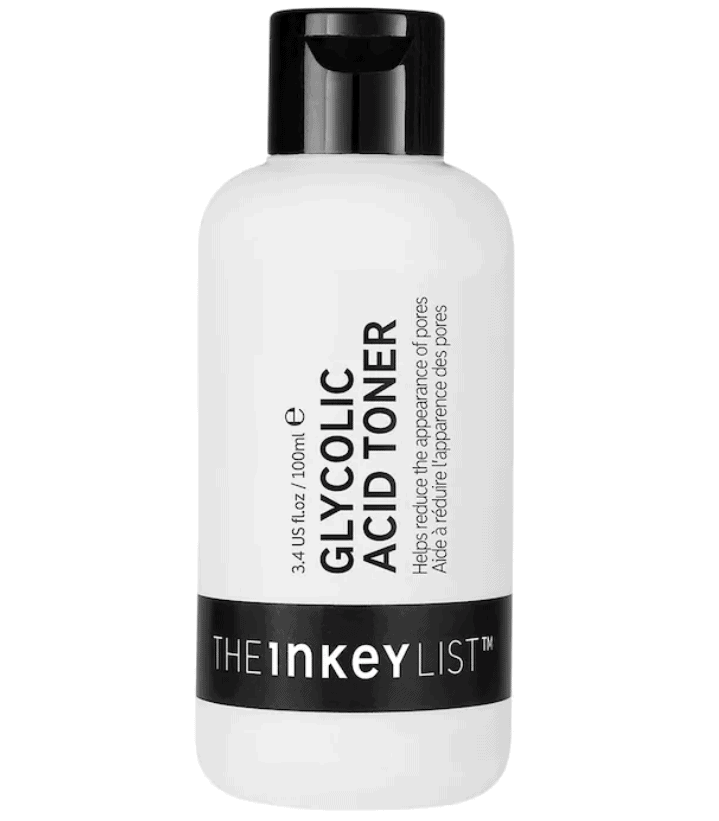
Moisturize
Moisturizing is crucial, particularly for those battling patchy foundation due to dryness. An often-misunderstood notion is that individuals with oily or combination skin can skip moisturizing. However, excessive oil production can result from skin dehydration, making moisturization vital for all skin types.
Selecting the right moisturizer for your skin type is key. Sukin’s Sensitive Skin Face Moisturizer is an excellent choice for its gentleness, especially for sensitive skin. It offers hydration without leaving a heavy residue, making it suitable for oily skin as well.
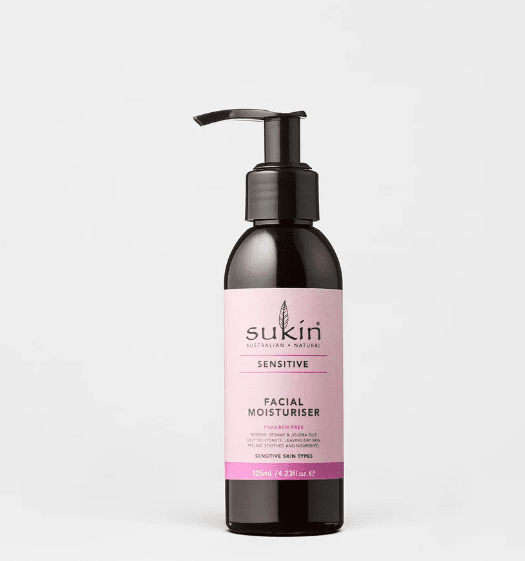
For extremely dry skin, FaceTheory’s CeraQuench Renewal Cream, enriched with ceramides and coenzyme Q10, provides deep nourishment. Due to its rich texture, it’s best used at night.
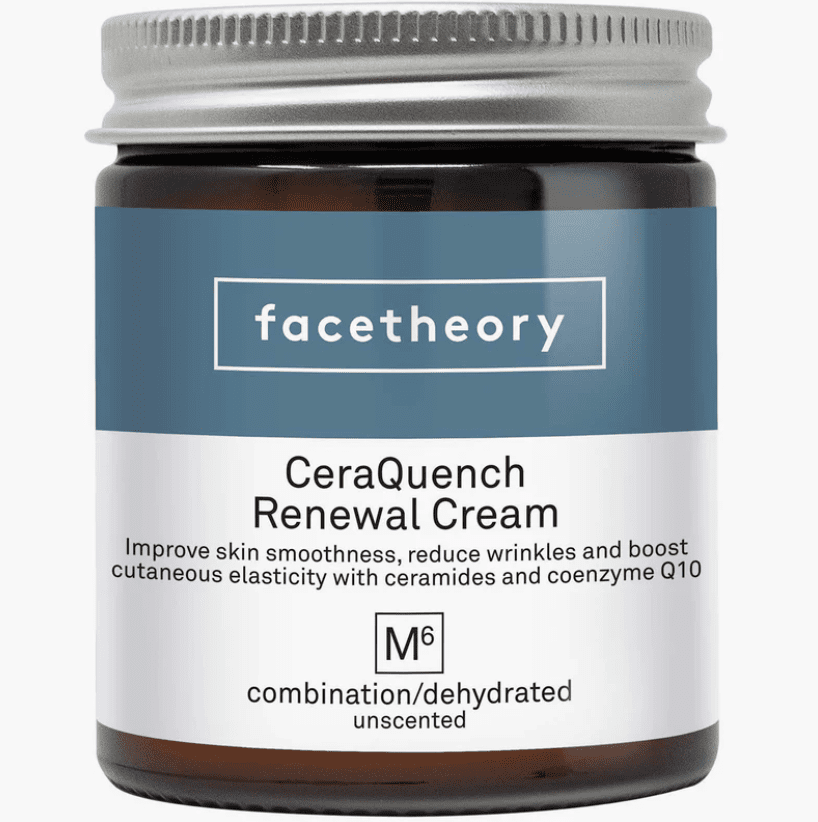
Use a Primer
Incorporating a primer into your makeup routine can work wonders for preventing patchy foundation, especially if dryness is a concern. Hydrating primers like the Elf Hydrating Primer create a moisture-retaining barrier that helps your foundation last longer while minimizing patchiness and creasing. Shake the primer before use to ensure its effectiveness.
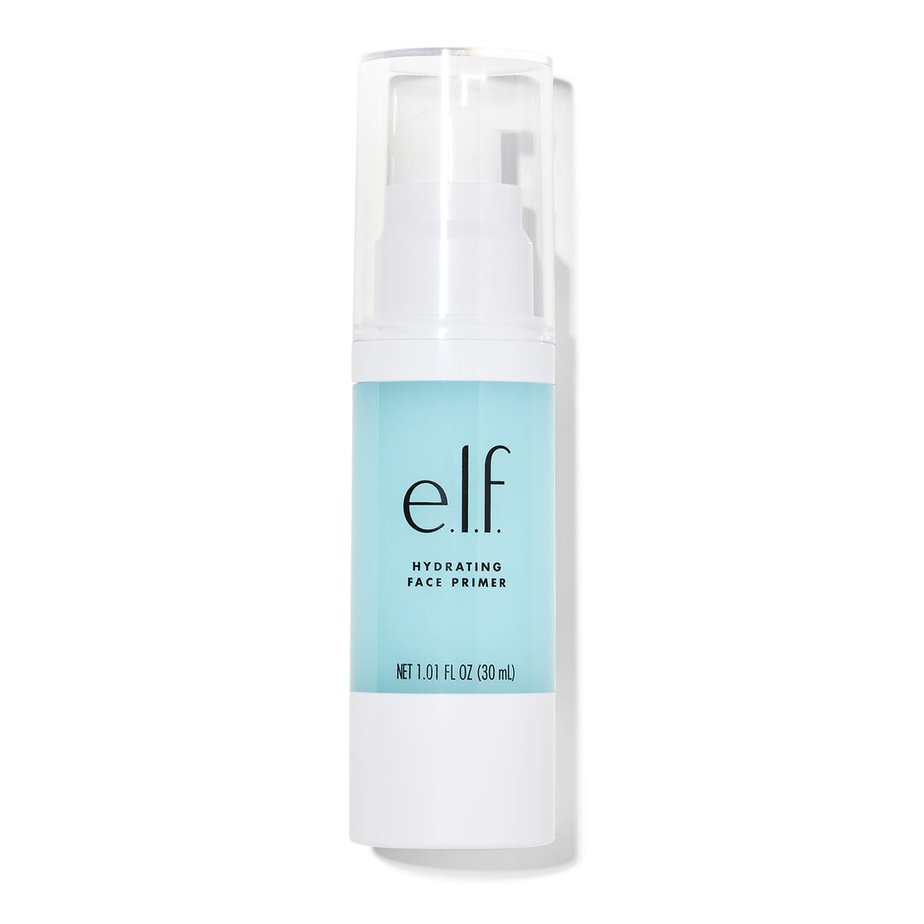
For those with very dry skin looking for added coverage, BB creams like Garnier’s 5-in-1 Miracle Perfector BB Cream serve as excellent options. They provide moisture and coverage, effectively functioning as primers. This BB cream, in particular, offers broad-spectrum SPF 20 protection.
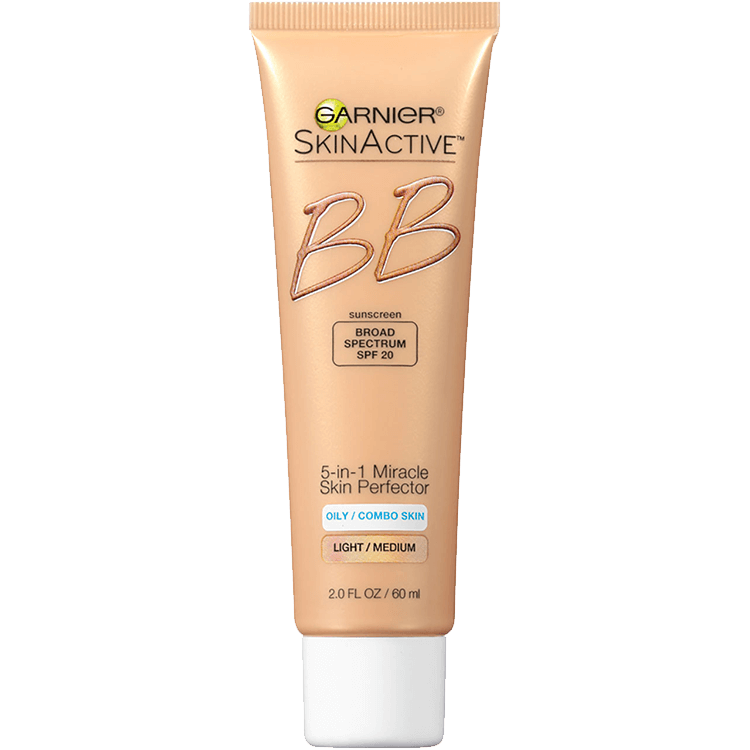
Use a Makeup Sponge
If you’ve tried the above tips without success, using a makeup sponge, such as a Beauty Blender, may provide a solution. These sponges excel at pushing and pressing foundation onto the skin, minimizing texture-related issues and yielding a seamless finish.
It’s essential to note that while Beauty Blenders are popular, some have reported issues with mold. To mitigate this, consider more affordable sponge alternatives and replace them regularly. If you opt for a Beauty Blender, ensure daily washing with a gentle soap and proper drying.
However, many makeup artists prefer using foundation brushes for their ability to blend seamlessly. Brushes with rounded bristles, rather than flat ones, create an airbrushed finish and efficiently apply product. Sephora Collection’s foundation brushes, such as the Pro Foundation Brush #64, deliver flawless results. For a more budget-friendly option, the e.l.f. Concealer & Foundation Complexion Duo Brush blends effectively while providing extra value with its concealer brush.
Choosing the Right Foundation to Prevent Patchiness
If you’ve tried various skincare and makeup application techniques but still face patchy foundation issues, it might be time to reevaluate the foundation you’re using. Here are some essential tips to help you select the best foundation for a seamless makeup base.
Opt for Light-to-Medium Coverage
When choosing a foundation, consider light-to-medium coverage options, especially if you have dry skin. These foundations tend to feel more comfortable on the skin, allowing for breathability throughout the day.
Light-to-medium coverage foundations are less likely to cause patchiness and flakiness compared to full-coverage or heavy options. They work well for most situations and can be layered or combined with concealer for more coverage where needed.
Laura Mercier’s Real Flawless Weightless Perfecting Foundation is an excellent example of a medium coverage foundation. It offers buildable coverage, feels lightweight, and effectively blurs imperfections.

For a more budget-friendly choice, NYX Born to Glow Naturally Radiant Foundation provides a radiant finish and medium coverage. It offers a natural look and a comfortable feel on the skin.
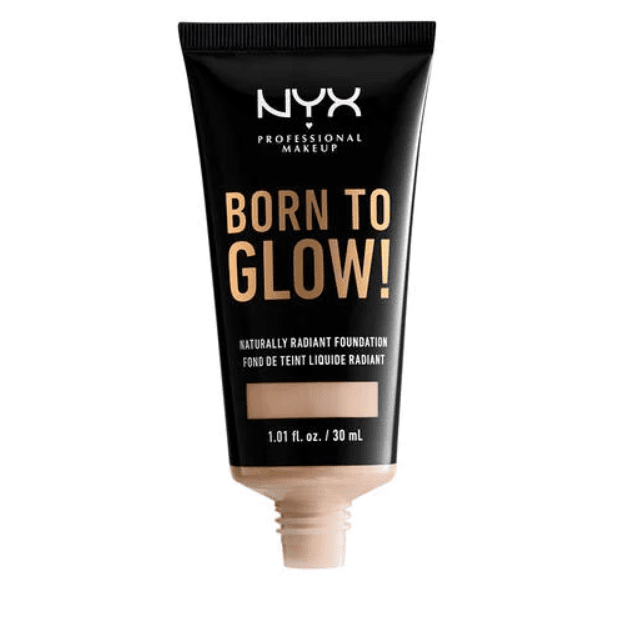
Avoid Matte Finishes
Regardless of your skin type, it’s advisable to avoid foundations with a matte finish if you want to prevent patchiness. Matte formulas tend to emphasize dry patches and accentuate texture issues. They can also feel heavy on the skin, making them less suitable for achieving a seamless look.
Instead, opt for foundations with a natural finish. These foundations provide a balanced appearance that isn’t overly matte or too dewy. A great example is the Sephora Collection Best Skin Ever Liquid Foundation, which offers a natural look and contains hydrating ingredients like hyaluronic acid to prevent patchiness and flakiness.
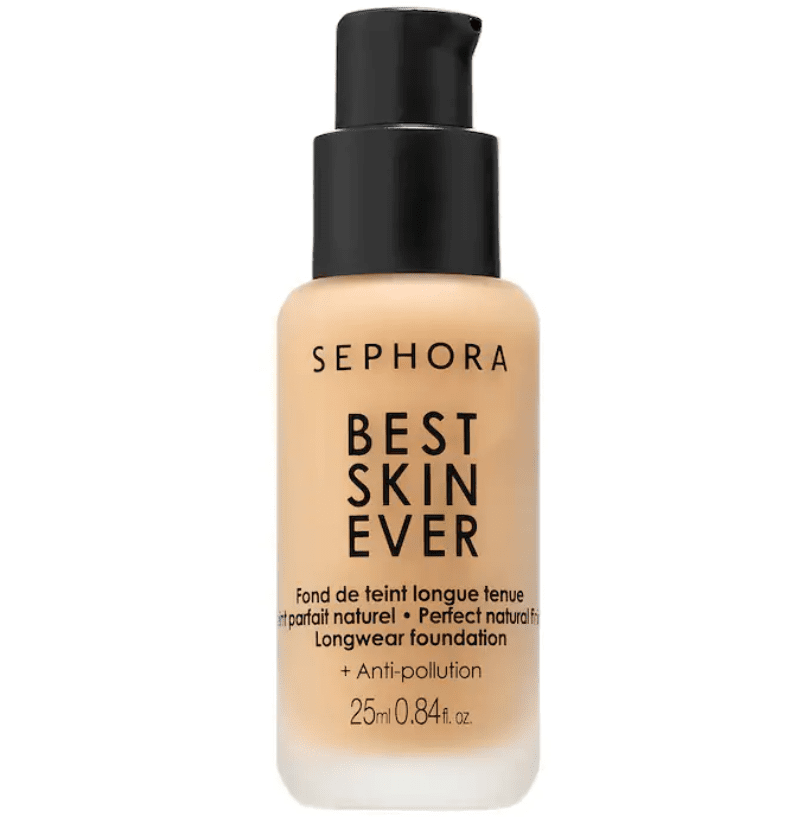
Use a Liquid Formula
Liquid foundations are generally more forgiving, making them an excellent choice, especially if you have dry skin or texture issues. They offer a lightweight and hydrating formula that works well for various skin types.
Avoid powder foundations, as they may not complement dry or textured skin. Powder foundations tend to accentuate imperfections and can contribute to patchiness.
Make Up For Ever’s HD foundation line is renowned for its liquid foundation formula. It features a smooth texture that’s easy to blend and provides a hydrating feel without excessive greasiness. This foundation blurs imperfections thanks to its HD technology and offers a wide range of shade options.

For those seeking an affordable yet high-quality foundation, consider Covergirl’s Smoothers All Day Hydrating Foundation. This lightweight foundation is enriched with soothing ingredients like chamomile extract, ensuring a comfortable wear while maintaining hydration.
Choosing the right foundation is a crucial step in achieving a flawless makeup base, and these tips should help you prevent patchiness and enjoy a seamless look that lasts throughout the day.
